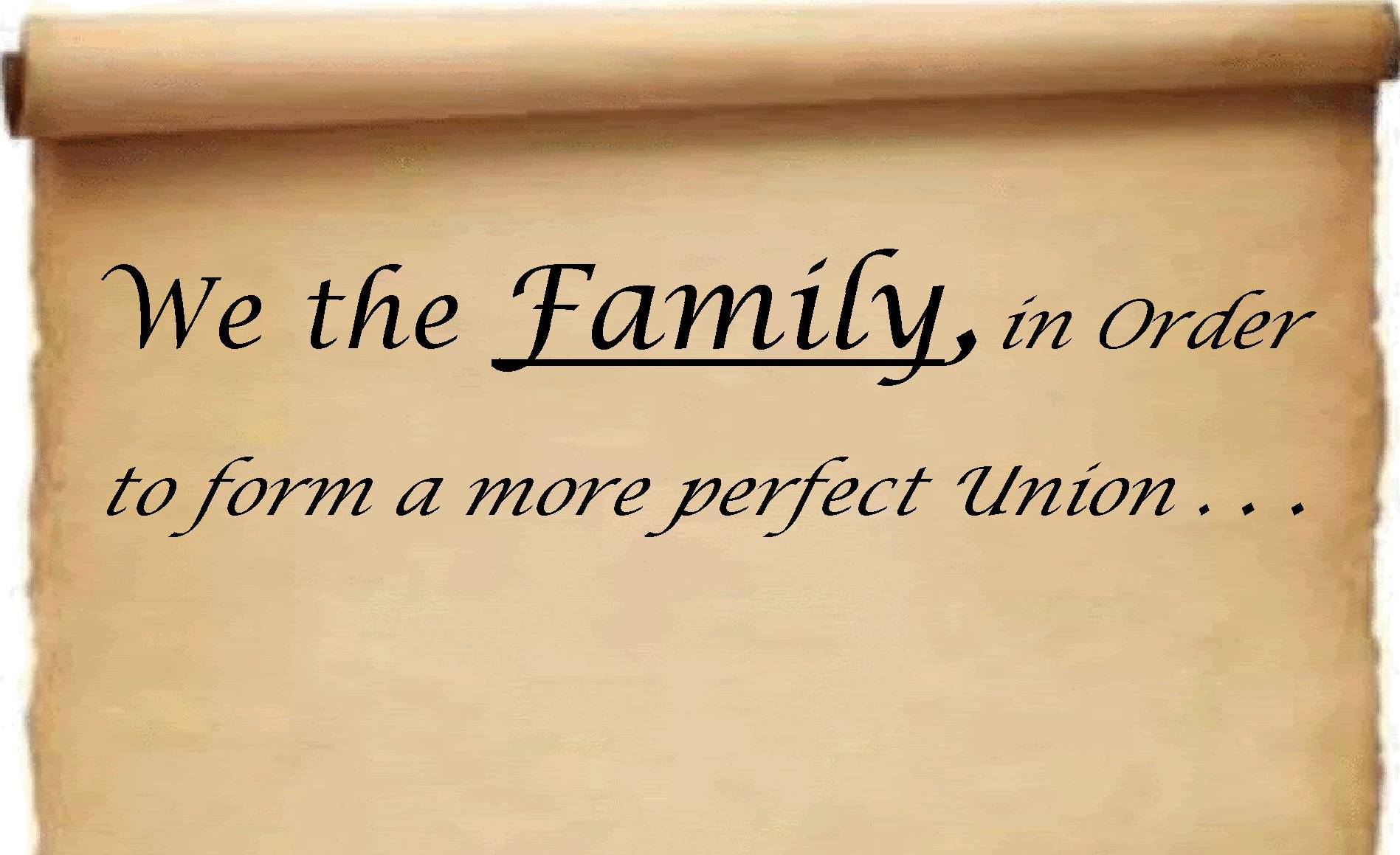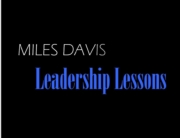Imagine our country without a Constitution. Our founding fathers had the foresight to codify a basic framework of beliefs and laws in the form of the Constitution of the United States. Our Constitution continues to provide structure and unite us even in these times.
Every family owned business should take inspiration from our forefathers to create your own constitution. Comprised of the family’s and business’ governance policies, the “Family Constitution” creates the structure and transparency needed to keep your business and family moving forward together in the same direction. And, as noted in a recent survey, family cohesiveness is a major factor in increasing profits and business longevity in the family owned business.
Below are some of the major themes governance policies should address. While certainly not exhaustive, this list includes the likely top priorities for most family businesses. The list is separated between polices for the company itself and those for the family since, as noted in a previous blog, creating separation between the two enhances family cohesion and business longevity.
Company Governance Policies
- Core Values & Vision: Usually comprised of the mission statement and vision statement, these are the basic tenants of operation and act as a compass for the company.
- Company Leadership: The process and criteria for choosing future CEOs/presidents and how this position will be evaluated. Also outlines board composition, responsibilities as well as possible inclusion of non-family board members and if their role will be solely advisory.
- General HR Policies: Hiring practices, compensation, evaluation policies for both family and non-family staff. Requirements for family to work outside the family-business are included here or under the Family’s Governance Policies.
Family Governance Policies
- Core Values & Vision: Mission, core value and/or vision statements focused on the family which delineate the guiding principles that motivate and connect the family. Also can address how members will work together to ensure the ongoing financial security of your family now and into future generations.
- Preparing the Family: How future generations will be prepared for leadership in business and society. Often includes guidelines, based on your core values, for education, mentorship, charitable giving, conflict resolution and team building. Many families form family councils and sponsor retreats designed to keep the family connected to the business and, more importantly, to each other.
- Relationship with Company: Corporate management and ownership are a major source of family conflicts. Conflicts can be minimized by addressing these areas before they become issues. This includes share-ownership eligibility, methods for determining share valuation, dividends versus reinvestment and spouses’ roles in decision-making process. Questions related to representation on the board may not seem relevant in the founders’ generation but quickly become relevant in subsequent generations as more individuals are added to the ownership.
The biggest hurdle to creating your Family Constitution is starting the conversation and agreeing on its need. For that, I suggest seeking inspiration from the Preamble to the Constitution of the United States [with family-relevant modifications noted]:
We the People [Family] of the United States [Our Family], in Order to form a more perfect Union, establish Justice, ensure domestic Tranquility, provide for the common defence, promote the general Welfare, and secure the Blessings of Liberty to ourselves and our Posterity, do ordain and establish this Constitution for the United States of America [Our Family].










































































[…] Rules of Governance: Partners begin to develop governance rules for their business from the very moment they begin to discuss the opportunity. They may not be conscious of this but rules of operations are being developed as they agree on their individual roles in their startup. This is much different from family businesses where the addition of a family member usually “just” happens as a result of growth or necessity. (A previous blog offers a primer on creating a Family Constitution.) […]
[…] As a possible second benefit, the article quotes one owner saying that selling his family’s business “was the best way to keep family unity.” This is particularly true if there are differences on how to run the business or who will be in charge. But family unity is not an automatic byproduct of selling. Rather, it is achieved by developing a common purpose with tools such as a family mission statement, vision statement and other governance policies for the family (or a Family Constitution as I described it in a previous blog). […]
[…] But the company and the family have to be prepared. At the heart of that preparation are Governance Policies for both. Here are some actions you can take to fully leverage the benefits of these five […]